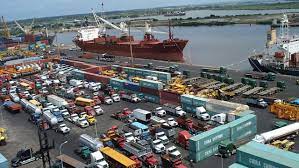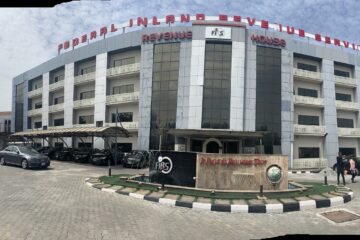Experts say Tin Can port collapsing, cargo delivery prices may rise

There are indications that the nation may soon start experiencing more cargo diversions to neighbouring West African ports as well as increase in freight rates due to the collapse of both Tin Can and Apapa quay aprons, The PUNCH reports.
A quay is part of the port where cargo is lifted or vessels are loaded and unloaded.
In separate chats with our correspondent in Lagos, experts said that shipping companies would now be scared to berth at the affected ports, resulting in the diversion of cargoes to West African ports or a possible increase in freight charges.
A member of the Nigerian Association of Master Mariners, Adewale Ishola, said the present condition of the quay aprons portrayed danger for incoming vessels.
“The quay aprons portray danger to incoming ships. They expose ships coming in to danger, so it means if you are not careful, people will say that our ports are not safe. If our quay aprons are not strong enough to take vessels, it means vessels will reject going to Tin Can port.
“Maybe they will now go to other ports and drop our cargoes. And Apapa port is not even safer because it is older. Apapa was becoming filled up as at then; Tin Can was now built to take some cargoes off Apapa. Tin Can was built out of necessity. That means if ships start to reject coming to these ports because of the collapsing quay aprons, there may be additional premium for them to enter our ports because they know they are taking a risk to come there. So, the cost of delivering cargo might become higher if they have to bring their vessels to come and deliver cargoes at a collapsing quay side,” he said.
Also speaking, an oil and gas analyst, Zaka Bala, said the collapsing of the quay aprons of the ports spelt doom for Nigerian economy, noting that vessels would start moving away from Nigeria
The Managing Director of the Nigerian Ports Authority, Muhammad Bello-Koko, had, over the weekend, raised the alarm that Tin Can Island port was collapsing, saying more attention should be focused more on rehabilitating the quay walls of the port.











